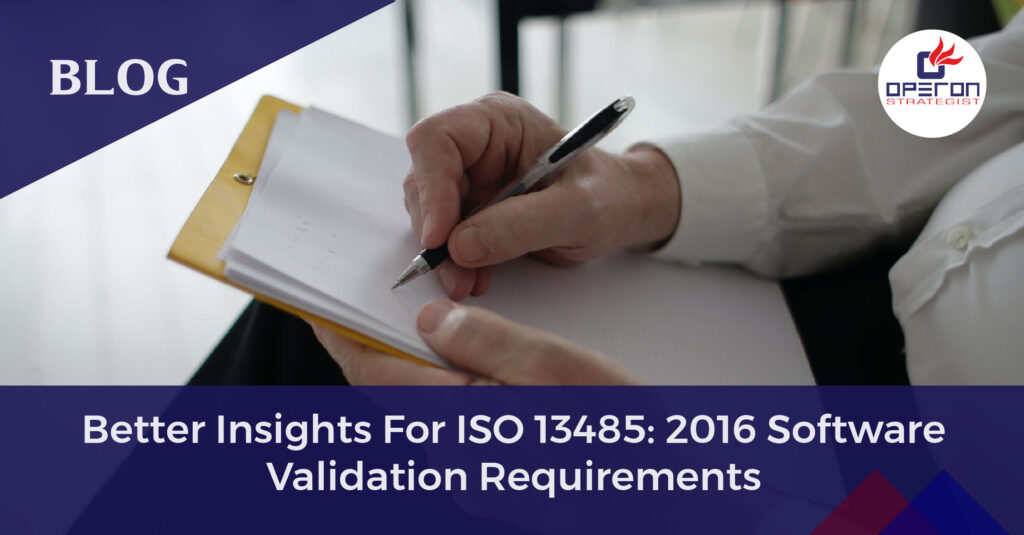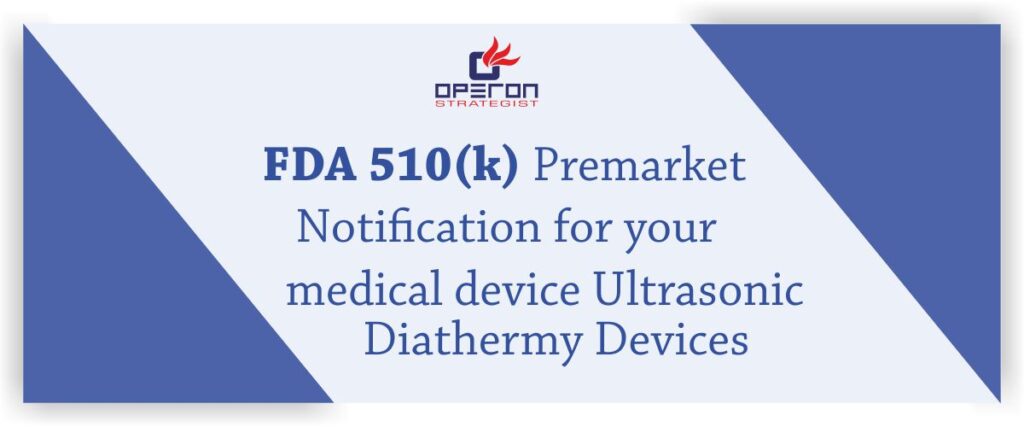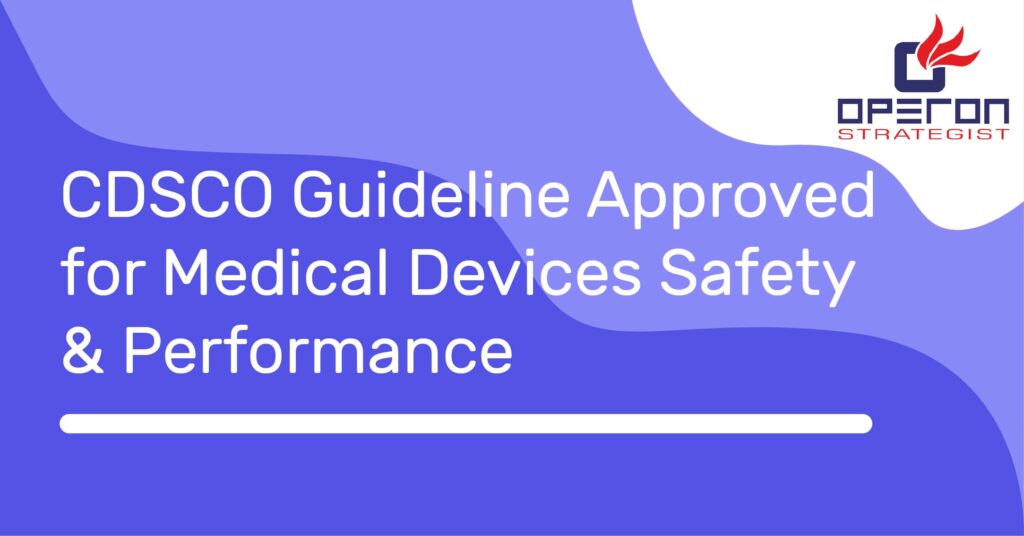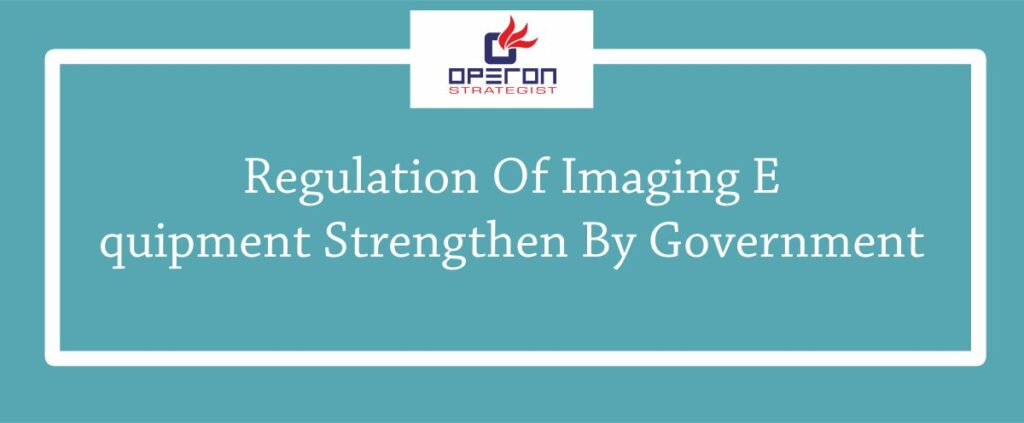Overview of Software Validation Requirements
It’s high time when you need to be persuaded about the working capability of your system and also that it continues to work in the manner required. With the arrival of updates for ISO 13485: 2016, organizations had been obligated to look for transition in QMS being used. This compliance cannot be denied, many of the auditing organizations have already discontinued ISO 13485: 2013 and others are soon going to do. So, it’s time to get started with the processes of transitioning your Quality Management System.
Looking For Medical Device Regulatory Consultants
Well, if you are now trying to reach the correct starting point to comply with the updated 2016 standard, let’s begin with an introduction to a structured approach to the entire process you’ll need to consider. As an ISO 13485 medical device consultant we will consider and discuss software validation, its impetus, and how it will actually affect the medical arena. All these views would be according to what most of the experts highlight. Therefore, you can rely on these details and move on perfectly with the required processes.
[NOTE: There are no shortcuts in software validation processes. It is always better to look for a detailed approach mentioning various consequences and rules and regulations related to the same. This way you’d come up with a better handle for the ISO 13485 2016 update. ]
What is Software Validation?
There are always new and better updates to the software applications guiding various organizations and industries. However, it is necessary for businesses to consider the possible impacts of these updates on their work and look for suitable changes too. Particularly, organizations which are obligated to move in compliance with rules and regulations or which are mission-critical need to take it seriously.
Summing up, all updates and rechecks of the appropriate working of the applications, once they’re installed, are recognized as Software validation. Different applications may demand different configuration processes as per their standards.
Why is ISO 13485:2016 Validation Required?
Validation of Quality Management software should always be considered when it’s being used for generally a good practice. These may include the revision of the quality of a product or the generation of information for various regulatory bodies associated with it. The same is relatable with the updates of ISO 13485 which try to bring in better retorts to the latest QMS practices, perfect for bringing in evolution in medical technologies, devices, updated expectations, and regulatory requirements.
Particularly, when considering the medical industry it is safety, quality and legal reliance are absolutely paramount. Organizations, therefore, cannot let go of the importance of software validation and compliance with ISO 13485: 2016.
Well, there are ample interrogations and doubts in relation to the possible software validation process however, those would be answered soon further in this discussion. Before that let\’s consider some more regulations which matter.
Significant Requirements In Relation to ISO 13485 Validations
The latest updated version of ISO 13485 features several unambiguous requirements. You may not have to bang your head for long to get along these guidelines and follow the rules. As per the standards businesses that are aspiring to get this certification may consider the points mentioned below:
- Validation and revalidation of your quality management system application should be done via developed producers.
- The persuaded approach should be proportionate to the risk taken.
- Again, validation and revalidation of other software applications should be done via producers.
- Computer software should be validated for the intended use.
- The software should be validated with the changes in the intended use.
- Proper records should be maintained for all validation and revalidation activities.
How would a Validation Process be framed?
There are certain risks existing with the use of an electronic quality management system. A validation process would always begin with adopting an approach, proportionate to the level of risk involved; as said before. A software validation process for ISO 13485 would require:
- Understanding operational requirement
- Producing a specification for considered requirements
- Choosing a trusted supplier
- Verification of software capabilities
- Validation of the implemented system
- Using formal change control, which includes revalidation
- Non- conformities and deviations should be resolved.
As per these, you may get to know some more validation requirements and points of consideration.
How is ISO 13485 2016 Different from ISO 13485:2003?
What really makes it different? This is the most frequent question popping up for the ones who are still unaware. Well, let’s consider this too, And see some points in the below image
Here Are Some Significant Changes Introduced in ISO 13485: 2016 From Different Perspectives:
- It includes the incorporation of risk-based approaches apart from product realization. Safety and performance of medical devices had been mentioned in context to the risk involved and regulatory requirements are to be met that way.
- Regulatory documentation is stressed out i.e. more linkage with these regulatory requirements is given impetus.
- This applies to organizations throughout their lifecycles and all supply chains of various medical devices.
It lays emphasis on harmonizing various software validation requirements with different applications through different clauses mentioned in the standard. - It plans and documents counteractive actions and preventive actions and their implementation without any delay.
- Appropriate infrastructure, especially those for sterile medical devices had been emphasized.
It considers additional requirements for design and development, use of standards, consideration of usability, planning verification and validation, design records, and transfers. - Lastly, it emphasizes complaint handling and reports to regulatory authorities according to post-market surveillance and other regulatory requirements.
[Note: Though only 3 percent of organizations seem to be in favor of getting off ISO 13485: 2003, there are possibly many advantages of using the newer version. It’s therefore high time to get these software validation processes completed.]
Some General Questions on ISO 13485 Software Validation Process
Well, it’s time to deal with interrogations. There are surely many questions and doubts held by businesses interacting with ISO 13485 standards. I’ll try to answer a few which are generally put up.
- What software needs to be validated under ISO 13485?
As per Section 4.16, any applications supporting the maintenance or development of a medical device or equipment are bound for validation. Adopting a risk-based approach would help better to determine the level of validation required. The intensity of validation increases with the criticality of an effect of software.
An extensive validation approach would be required by complex systems like ERP (Enterprise Resource Planning), LIMS (Laboratory Information Management Systems), and eQMS (electronic quality management system). The manufacturing or maintenance process for the device will also be validated because of the equipment used in the process, environment, and distribution of the device.
- How do the explicit requirements mentioned under ISO 13485: 2016 affect our compliance requirements?
As per the implicit implications of ISO 13485, software applications that support quality management system processes, design, and development processes need to be validated. To imply the obligation for the validation of systems supporting QMSs, the standard was updated.
- Why will my eQMS need validation?
Along with the potential impact of eQMS on a product, the clarification of the expectation of considering regulatory requirements along with standard requirements is a major change in ISO 13485. When you’re planning to sell your medical device in the United States you may need to get your eQMS validated. ISO 13485 is more harmonized when you’re required to deal with global regulatory requirements.
- Will the software provider not validate its own software?
Software providers would take your delivery process seriously and all versions of the ones delivered to you are tested well before that. The validation requirements of ISO 13485 are, however, known to be specifically based on the intended use of the applications and unique configurations. Thus, validation of any software would be dependent on how it supports the company’s practices, operations, and necessities.
- Do all functions of the software need to be tested?
It’s simple, no. Your validation partner would complete the entire third-party validation for all respective functions. Whenever you are looking to purchase software products, your vendor should provide you with suitable options for specific software validation.
- What is meant by revalidation and when will I require it?
When an updated version of the software you’re using is released and you decide to install it for use, it is called Revalidation. Revalidation would be regarded as a short process that focuses on the attainment of new functionality and does a check on the potential impact of the previous version.
- Does a validated eQMS reduce risk related to the business?
An obvious yes. Validation of eQMS ensures data security, and audit logs and increases integration of record-keeping and supplier quality processes.
Though there may be many more questions. These are a few which can be considered general doubts among users. You may, therefore, consider the elements of ISO 13485:2016 and look for better compliance with them. The details here would surely clarify the best ways to get the software validation process completed for your business. You can’t deny the fact that revalidation would always let you see better work and results from your organization.
These can be considered as general guidelines in relation to ISO 13485 software validations; seek better opportunities with them.
Choose the right agency for the certification, you can consult with our team of medical device regulatory consultants for the procedure and certification of ISO 13485. Contact us for further details.
-
adminhttps://operonstrategist.com/author/admin-2/
-
adminhttps://operonstrategist.com/author/admin-2/
-
adminhttps://operonstrategist.com/author/admin-2/
-
adminhttps://operonstrategist.com/author/admin-2/




